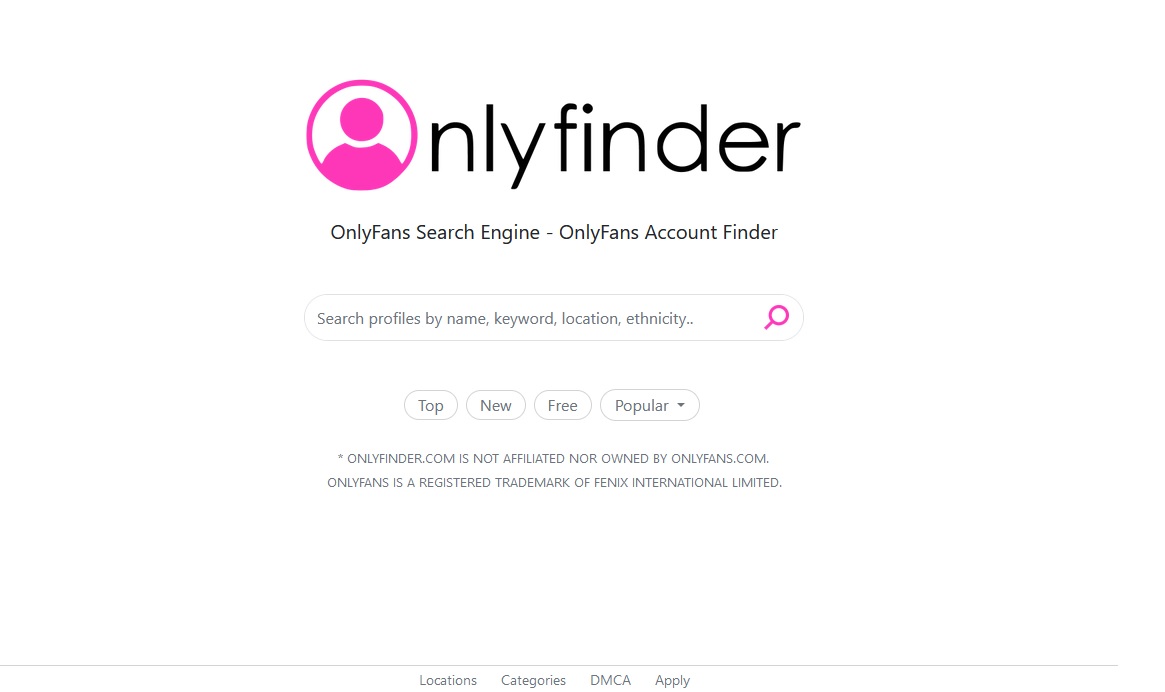This article delves into the world of ModSecurity rules, illuminating its importance, types, and practical application. This thorough manual will arm you with the knowledge necessary to safeguard your online assets from a variety of cyber dangers, whether you’re a web developer, a security enthusiast, or you’re just inquisitive about web application security.
Table of Contents
- Introduction
- Understanding ModSecurity
- The Significance of ModSecurity Rules
- Core Rule Set (CRS)
- Custom Rules
- Anomaly Detection Rules
Whitelists and Blacklists
- Implementing ModSecurity Rules
- Rule Management
- Logging and Monitoring
- Testing and Tuning
- Conclusion
- FAQs
Introduction
Cybersecurity is critical in the current digital era, and ModSecurity regulations are essential for protecting web applications. The goal of this post is to demystify ModSecurity rules by giving you a thorough grasp of their significance, variety, and actual application.
Understanding ModSecurity
Web application firewall (WAF) ModSecurity, sometimes referred to as a “application firewall,” shields web applications from online threats including SQL injection, cross-site scripting (XSS), and other nefarious activities. It acts as a shield between your web application and potential attackers, effectively mitigating security risks.
The Significance of ModSecurity Rules
The rules that govern how ModSecurity should respond to various web requests and answers form the basis of how it works. The efficiency of ModSecurity depends on these rules, which form the basis of its operation. Let’s explore the various ModSecurity rule categories:
Types of ModSecurity Rules
1. Core Rule Set (CRS)
A popular set of rules known as the Core Rule Set provides defence against frequent web application threats. It has guidelines for detecting and avoiding XSS, SQL injection, and other issues. A crucial first step in safeguarding your online application is to implement the CRS.
2. Custom Rules
Even though the CRS offers superb coverage, each online application is distinct. You can modify ModSecurity’s behaviour to suit your unique requirements by using custom rules. These guidelines can be precisely adjusted to suit the unique hazards that your application might encounter.
3. Anomaly Detection Rules
Anomaly detection rules can also be used with ModSecurity. These criteria recognise unusual online traffic patterns and can be very helpful for spotting emerging dangers. They aid ModSecurity in adjusting to novel attack methods.
4. Whitelists and Blacklists
The maintenance of ModSecurity rule sets requires the use of both whitelists and blacklists. Blacklists assist you in blocking dangerous IP addresses or patterns, whereas whitelists let you ignore reliable sources or known safe settings.
Implementing ModSecurity Rules
Now that we’ve covered the types of rules, let’s discuss how to implement them effectively:
Rule Management
Start by effectively organising your ModSecurity rules. Keep your custom rules well-documented and the CRS rules up to date. Review and update your rule sets frequently to account for changing threats.
Logging and Monitoring
Enable detailed logging in ModSecurity to monitor its activity. Regularly review the logs to identify potential issues or threats. Effective monitoring ensures you stay ahead of security risks.
Testing and Tuning
Test new rules or rule modifications in a controlled setting before deploying them. To avoid false positives, ModSecurity rules may need to be tuned. Ensure your rules strike the right balance between security and functionality.
Conclusion
In conclusion, the foundation of web application security is ModSecurity rules. To secure your apps from cyber threats, it’s essential to understand their different categories and deploy them effectively. You can use ModSecurity to protect your online assets if you use best practises and exercise caution.
ModSecurity rules serve as a strong barrier against malicious actors in the constantly changing world of cybersecurity. Effectively maintaining and implementing these rules can make a huge difference in terms of protecting your web applications.
FAQs
Q;1 Describe ModSecurity?
Ans. An open-source web application firewall called ModSecurity guards against many internet dangers.
Q;2 What are the Core Rule Set (CRS) rules?
Ans. CRS rules are a collection of rules that offer protection against common web application attacks, including SQL injection and XSS.
Q;3 Why are custom rules important?
Ans. Custom rules allow you to tailor ModSecurity’s behavior to your specific web application’s needs, providing enhanced protection.
Q;4 What are anomaly detection rules in ModSecurity?
Ans. Anomaly detection rules identify abnormal patterns in web traffic and help detect new and evolving threats.
Q;5 How can I manage ModSecurity rules effectively?
Ans. To maintain a safe web application, effective rule administration entails organising, logging, monitoring, testing, and adjusting.








Add Comment